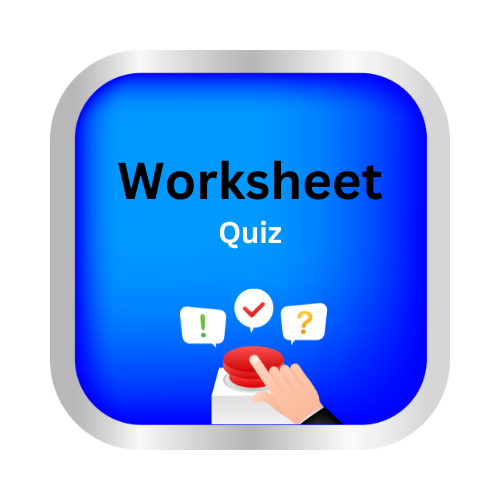Decimal numbers review
7th D.1 Decimal Numbers Review by Delta publications
Key Notes:
| Definition of Decimal Numbers |
A decimal number is a number that consists of a whole number part and a fractional part, separated by a decimal point.
Example: 7.45 (7 is the whole number, 45 is the fractional part).
| Place Value in Decimal Numbers |
Place values extend both to the left and right of the decimal point:
- Left: Ones, Tens, Hundreds, etc.
- Right: Tenths, Hundredths, Thousandths, etc.
Example: In 45.678,
- 4 is in the Tens place.
- 5 is in the Ones place.
- 6 is in the Tenths place.
- 7 is in the Hundredths place.
- 8 is in the Thousandths place.
| Converting Fractions to Decimals |
Divide the numerator by the denominator.

| Converting Decimals to Fractions |
- Write the decimal as a fraction with a denominator based on place value and simplify.

| Adding and Subtracting Decimals |
- Align the decimal points.
- Add or subtract as usual.
- Place the decimal point directly below in the result.
- Example:
- 3.42+5.6=9.02.
| Multiplying Decimals |
- Multiply the numbers ignoring the decimal point.
- Count the total decimal places in both numbers.
- Place the decimal in the product.
Example:
3.2×1.5=4.80.
| Dividing Decimals |
- Move the decimal point in the divisor to make it a whole number.
- Move the decimal in the dividend the same number of places.
- Divide as usual and place the decimal point in the quotient.
Example:
4.2÷0.7=6.
| Comparing and Ordering Decimals |
- Compare digits starting from the leftmost place value.
- Add trailing zeroes to equalize the number of decimal places if needed.
Example: 0.25<0.3.
| Rounding Decimals |
- Identify the rounding place.
- Look at the digit to the right:
- If ≥5, round up.
- If <5, round down.
Example: Round 3.276 to two decimal places → 3.28.
Learn with an example
▶️ Which decimal is equivalent to 1.200?
- 4.00
- 6.0200
- 1.20
- 1.00
Write 1 extra zero to the right of 1.20:
1.20 → 1.200
1.200 and 1.20 are equivalent decimals.
▶️ In 0.56, which digit is in the tenths place?
Remember the place values:

The 5 is in the tenths place.
▶️ In 0.4, in which place is the 4?
- ones
- tenths
Remember the place values:

The 4 is in the tenths place.
Try some practice problems!

